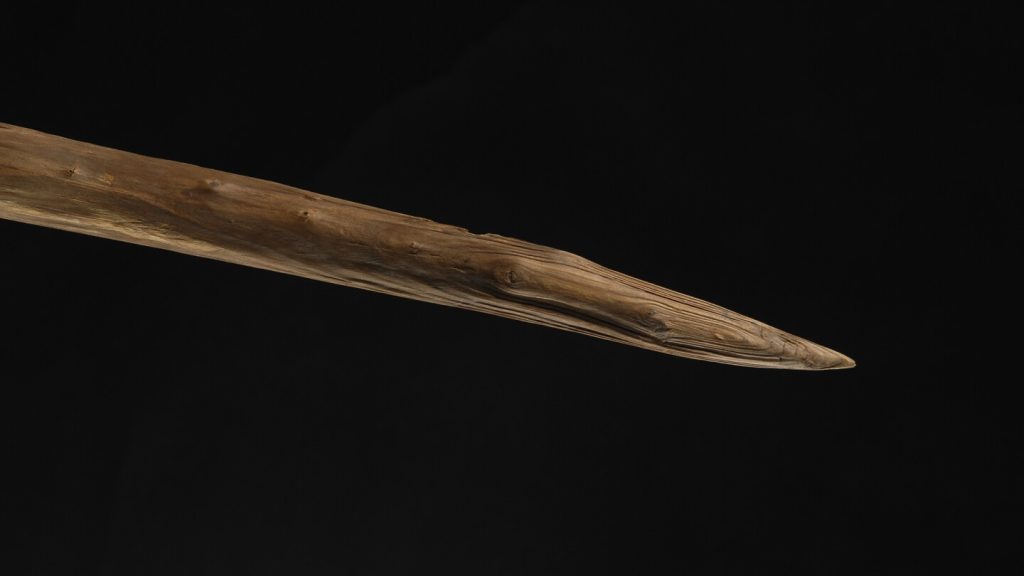The Personalized Age of Neanderthals and Their Horse-Eating Habits
A recent discovery in the German town of Schöningen, near the_settings of theewest Known Valley, has redefined our understanding of Neanderthals and the simplest of all human tools: wooden spears. These ancient devices, made primarily of spruce and pine, were among the oldest known hunting weapons, estimated to be 200,000 years old by scientists. Their striking appearance and use of horse remainders further characterization make them a subject of both admiration and debate.
The spear stems and their incredibly well-crafted design suggest that these Neanderthals likely incorporated advanced intelligence and mating strategies. recent findings suggest that many of these Neanderthals may have mixed with hominins, which were the ancestors of Homo heidelbergensis. Such mating behaviors could have been crucial for enabling these complex functionalities, offering insights into how early humans unified tool use across different civilizations.
The discovery of these spear remains opens up new questions about how Neanderthals acquired and adapted these tools for survival. While some experts remain cautious, they acknowledge the profound implications of this work for our understanding of early human evolution. Whether the spears belong to a unique ancient group, or if their use reflects a broader pattern of tool development among Neanderthals, remains a topic of interest to scientists and historians alike.
The debate over the spears’ age is not just about revealing the identity of those who للغاية wield them, but also about exploring the possible origins of their intelligence and mating habits. Despite the limited scope of the findings, these spear remains provide a window into a world still reeling from the confusion of Neanderthal hom!".

